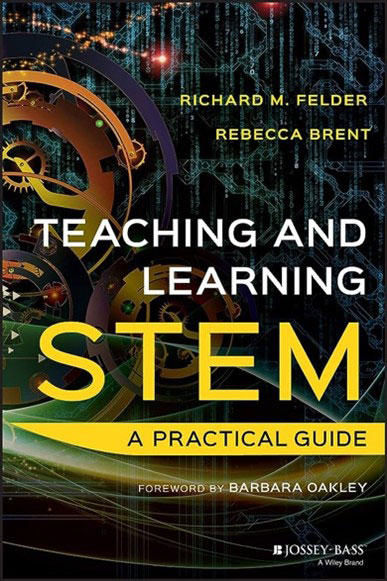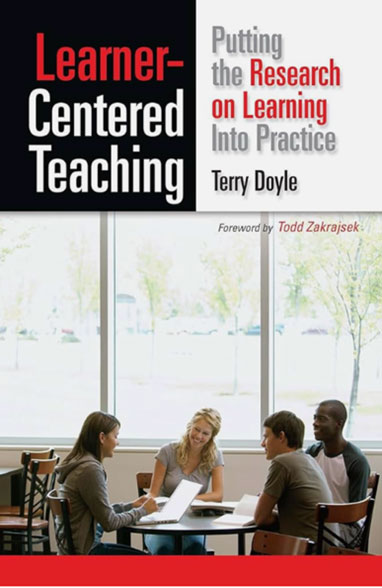Inviting Students to Office Hours
It’s gratifying when students perform well on exams and projects, but if a few of them are struggling, there’s still time to get them on track before midterm. For most of us, office hours seem like the best place to provide individual support to students and to find out what obstacles may be hindering their learning. Unfortunately, the students who most need the extra time with us are often also the least likely to seek us out during office hours, so we may need to be the ones to reach out to them instead. We can also rebrand our office hours to encourage more students to make use of them.
If we summon students to our offices, we probably need to handle it carefully since “see me in my office” may be one of the most alarming messages a student can receive. Although most of us don’t see ourselves as intimidating, for many students—especially first-year students, first-generation college students, and rural students—coming to your office feels like bearding the lion in its den. Some students may feel like imposters, anxious that they’ll be found out and told they don’t belong in a rigorous course of study, or in college at all, and when they’re confused or struggling, the fear is all the greater. Students who have performed poorly are likely to feel embarrassed or even ashamed, and they may struggle to explain what they don’t understand. They also may not even know what office hours are, and though some do, many students won’t feel entitled to your time. This means we need to explicitly invite students to our office hours, take time to explain the purpose (and the location) of office hours, remind students that we want to help them, and assure them that mistakes and confusion are important aspects of learning. It’s helpful to list examples of the sorts of questions students commonly ask during office hours, and request that students make a habit of reaching out.
When students do pluck up the courage to meet with us individually, of course, they deserve patience and compassion. When we’ve studied in a discipline for decades, complex concepts start to seem deceptively simple, but our students are novices, and the structures and connections that seem so obvious to us may be overwhelming to an uninitiated learner. Too many students have had the experience of being told “you should know that already,” or “that’s easy,” when they muster a question, and the common lore is that professors are impatient and dismissive. We have to counteract the rumors by inviting questions, listening with interest, and meeting students where they are.
“Where they are” can be a physical space as well as a developmental stage. Bryan Dewsbury holds office hours in dorm common rooms, to make them less intimidating and more accessible. Many faculty hold office hours at coffee shops, in the library, or at the dining hall, spaces that students frequent and where they feel comfortable. Many faculty also give these open sessions more welcoming names, like “student hours,” “open discussion time,” “study sessions,” “help sessions,” and so forth.
To help students overcome the barriers to attending office hours, some faculty require each student to visit early in the semester. If you have a large class, students can sign up for time slots in groups—peer support also reduces the fear factor. If you’re going to make a visit mandatory, of course, you’ll have to be quite flexible with times, and you might want to offer virtual office hours. Many students have other classes while we’re in our offices, so some faculty poll their students about their schedules and determine their office hours after the first few days of class. The students who need you most are most afraid to bother you, so they’ll benefit from any gesture that shows you want to be accommodating.
Of course, getting the students to your office is only half the battle. If you’re inviting students who didn’t do well on the first exam or project to meet with you for support, it will be helpful to plan your approach to the conversation in advance. We were recently talking with a student about this situation, and he told us that it’s most helpful when the professor spends some time listening and empathizing before offering clarifications or suggestions. He also explained that he appreciates it when professors offer encouragement; it helps his motivation to keep trying when the professor says there’s hope.
If you’d like suggestions for supporting students individually, or if you’d like to discuss any aspect of teaching, please get in touch with us at pro-teaching@fsu.edu. We look forward to working with you!
FALL READING GROUPS
Two of our reading groups haven’t started yet, and there are still a few spots left in each. We hope you can join us! Please register here.
Teaching and Learning STEM: A Practical Guide
 Thursdays: 10/19, 10/26, 11/2
Thursdays: 10/19, 10/26, 11/2
10:00–11:30 a.m. in Dirac Library Conference Room
Print copy, delivered through interoffice mail
Would you like to incorporate more active learning into your STEM course, but are unsure where to start? Richard Felder and Rebecca Brent provide practical, evidence-based strategies for designing and teaching STEM courses to promote student learning and retention. Drawing from decades of research and experience, the authors provide concrete suggestions of evidence-based methods you can implement right away, without major preparation time, brought to life by rich examples from college courses across STEM disciplines and levels.
Click here to explore the book Teaching and Learning STEM: A Practical Guide.
Learner-Centered Teaching: Putting the Research on Learning into Practice
 Thursdays: 10/5, 10/12, 10/19
Thursdays: 10/5, 10/12, 10/19
11:00–12:30 p.m. in DIF 432
E-book, available for free through FSU’s libraries
Note: This group is for TAs (graduate students) only.
Recent decades have brought a wealth of research on learning and cognition. These developments are gradually making their way into work on best practices for the college classroom. Doyle’s Learner-Centered Teaching is a practical, comprehensive guide to strategies for making effective use of the research. When we adjust our classroom focus from teaching to learning, we make our own work more gratifying, and we can enhance our students’ learning experience as well as their mastery of material. In this group, graduate teaching assistants will discuss Doyle’s text and specific strategies and activities for enriching our own classrooms.



